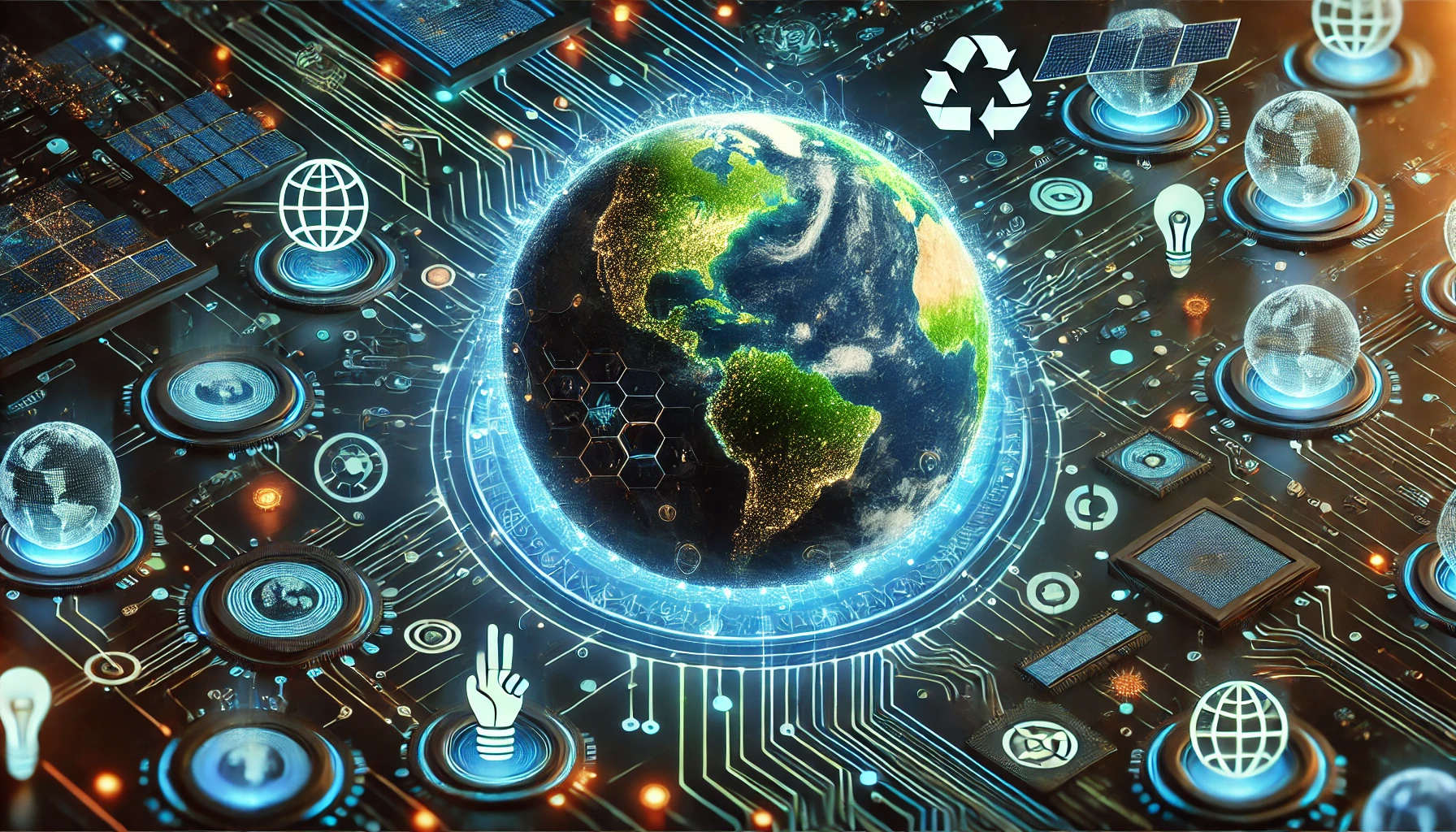Conflombardia’s Vision for the Next Five Years
As Secretary General of Conflombardia, I believe that analyzing future scenarios is an essential tool for guiding the actions of entrepreneurs, professionals, and institutions, both regionally and internationally. In an increasingly globalized and interconnected context, we must harness the potential of technological innovation while preparing for the challenges posed by environmental sustainability and emerging geopolitical dynamics. This series of articles aims to provide a comprehensive view of the main developments expected in the next five years, identifying key trends and the core competencies needed to address them effectively.
We are convinced that, through continuous dialogue and an integrated approach, we can create opportunities for healthy and lasting growth for businesses and local communities alike. The involvement of both public and private stakeholders, coupled with greater collective awareness, is the cornerstone of shaping a future where competitiveness and social responsibility go hand in hand.
1. The Importance of a Short-to-Medium-Term Perspective
In a world that is changing at an ever-faster pace, outlining scenarios for the next five years becomes crucial for anyone seeking to anticipate trends and guide their strategies, whether on a personal or professional level. A time span of half a decade is particularly significant: on the one hand, it is long enough to detect structural changes; on the other, it is sufficiently short to make concrete and tangible decisions. Politicians, entrepreneurs, researchers, and citizens can thus seize opportunities arising from innovation, all the while keeping a watchful eye on looming challenges.
2. New Technological Frontiers and Social Impact
One of the main drivers of transformation in the coming years will be technological evolution. Artificial Intelligence (AI), robotics, Virtual and Augmented Reality (VR/AR), and emerging forms of computing (such as quantum computing) will redefine productive sectors and services, having a disruptive impact on the daily lives of individuals and organizations. This surge in innovation offers benefits in terms of efficiency, personalization, and accessibility, yet it also brings significant ethical and regulatory considerations. The extended use of automated decision-making algorithms, for example, raises questions about privacy, transparency, and the need for continuous training to remain competitive.
3. Transition to Sustainability
In parallel with technological challenges, environmental issues are set to remain at the forefront. Climate change, the reduction of greenhouse gas emissions, and the protection of natural resources will prompt governments and businesses to invest more decisively in energy transition and circular economies. Renewable energy sources, electric mobility, and recyclable materials will become increasingly prominent, influencing markets and consumer choices. The public, ever more conscious of the environmental impact of their purchases, will favor products and services that are both sustainable and ethically responsible.
4. Geopolitics and Emerging Global Equilibria
The stability of the next five years will depend not only on technological or environmental progress, but also on the evolution of geopolitical power balances. Trade disputes, regional conflicts, competition for control over digital infrastructures (5G/6G networks, cloud technologies), and the pursuit of energy independence are factors that can significantly affect international dynamics. In this context, cooperation among states, institutions, and the private sector will be crucial to mitigating risks and fostering balanced growth. Nonetheless, geopolitical tensions may exacerbate financial instability and pose considerable challenges to national economies.
5. New Work Models and Social Transformations
Economic and social structures are undergoing profound change: the pandemic has accelerated the adoption of smart working and remote collaboration models, highlighting advantages (flexibility, reduced commuting) and drawbacks (isolation, coordination challenges). Over the next five years, many companies will embrace hybrid work arrangements, while the job market will see the emergence of new professional roles tied to the digital world and high-value technological services. This scenario provides growth opportunities, yet it also demands consistent efforts in skills development, the promotion of inclusive corporate cultures, and support for the most vulnerable workers.
6. Roadmap for Upcoming Insights
In the following articles of this series, we will explore in detail the key trends outlined in this initial overview. We will examine how Artificial Intelligence is reshaping sectors such as finance, healthcare, and education; delve into tangible paths to sustainability that companies are currently adopting; and discuss potential geopolitical developments affecting global supply chains. Additionally, we will offer practical guidance on how individuals and organizations can prepare for a constantly evolving job market, focusing on the most in-demand skills and strategies for continuous learning. Lastly, we will dedicate space to those risk factors—ranging from climate crises to cyberattacks—that call for targeted and coordinated interventions at the international level.
7. Conclusions and Outlook
In a world shaped by increasingly rapid and profound changes, planning for the next five years with foresight can make the difference between passively enduring events and actively steering them. The rise of cutting-edge technologies, the drive for greater environmental sustainability, uncertainties in geopolitics, and innovations in work models make this era rich in opportunities, yet simultaneously filled with challenges. Through the insights that will follow, we aim to provide analytical tools and practical advice to inform strategic decision-making, working toward a future where innovation and social responsibility progress side by side.
